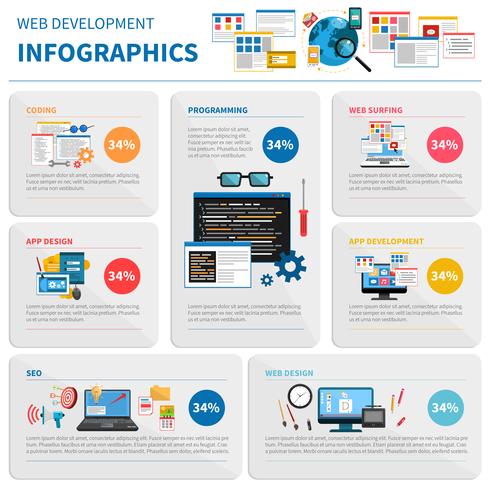The Advancement Of Website Style: From Earlier Times To Currently
The Advancement Of Website Style: From Earlier Times To Currently
Blog Article
Content Writer-Thorsen Trolle
In the past, internet sites were simple and concentrated on details. Navigation was straight, and design was for desktop computers. Currently, https://sflcn.com/6-local-seo-tips-to-get-more-customers-to-your-south-florida-business/ is vital. Data guides layouts for easy navigation. Receptive formats match various gadgets. Today, dark mode reduces strain, and minimal menus improve navigating. Interactive functions involve customers, and vibrant visuals stand apart. AI combination improves involvement. See how design has progressed to improve your on-line journey.
Early Days of Website Design
In the early days of website design, simpleness preponderated. Sites were fundamental, with minimal colors, typefaces, and layouts. The emphasis got on providing details rather than flashy visuals. Customers accessed the internet with slow-moving dial-up links, so speed and functionality were vital.
Navigating menus were straightforward, commonly situated on top or side of the web page. Web sites were developed for computer, as mobile browsing wasn't yet common. Content was king, and designers focused on easy readability over intricate style elements.
HTML was the key coding language made use of, and designers had to function within its constraints. Computer animations and interactive attributes were very little compared to today's requirements. Websites were static, with little vibrant material or customized customer experiences.
Surge of User-Focused Style
With the development of site layout, a change towards user-focused layout principles has ended up being progressively noticeable. Today, producing sites that prioritize individual experience is essential for involving visitors and achieving organization objectives. User-focused layout involves understanding the needs, preferences, and habits of your target market to tailor the web site's layout, web content, and features accordingly.
Designers currently perform extensive research study, such as customer surveys and use screening, to collect insights and responses directly from users. This data-driven strategy aids in producing user-friendly navigating, clear calls-to-action, and visually enticing interfaces that reverberate with site visitors. By placing the user at the center of the design procedure, internet sites can deliver a much more tailored and enjoyable experience.
Responsive style has actually additionally emerged as a key element of user-focused design, guaranteeing that sites are enhanced for numerous devices and display dimensions. This flexibility boosts access and functionality, dealing with the diverse methods customers engage with sites today. Basically, the increase of user-focused style indicates a change in the direction of creating electronic experiences that focus on the demands and expectations of the end individual.
Modern Trends in Website Design
Check out the most up to date patterns forming website design today. One prominent pattern is dark setting layout, providing a sleek and contemporary appearance while lowering eye strain in low-light settings. Another vital trend is minimalist navigation, simplifying food selections and boosting individual experience by focusing on essential elements. Including micro-interactions, such as computer animated buttons or scrolling results, can develop a much more engaging and interactive site. Receptive layout stays essential, ensuring seamless individual experiences across various gadgets. Furthermore, making use of bold typography and unbalanced layouts can include visual passion and draw attention to particular material.
Incorporating AI modern technology, like chatbots for customer assistance or customized recommendations, improves user involvement and streamlines procedures. Ease of access has also become a substantial pattern, with designers prioritizing inclusive style practices to cater to diverse user requirements. Embracing sustainability by enhancing web site performance for speed and efficiency is another arising pattern in web design. Teaming up with individual responses and data analytics to repeat and improve design constantly is vital for remaining appropriate in the ever-evolving electronic landscape. By welcoming https://adage.com/article/marketing-news-strategy/inside-kfcs-new-marketing-strategy/2414226 -day trends, you can produce a visually enticing, user-friendly web site that resonates with your audience.
Conclusion
As you reflect on the development of internet site design from the very early days to currently, you can see just how user-focused layout has actually ended up being the driving pressure behind modern-day fads.
Embrace the trip of adjustment and adjustment in website design, constantly maintaining the user experience at the center.
Tippingpointdigital
Remain existing with the latest fads and modern technologies, and never stop developing your technique to create aesthetically spectacular and easy to use sites.
Advance, adjust, and develop - the future of website design remains in your hands.
